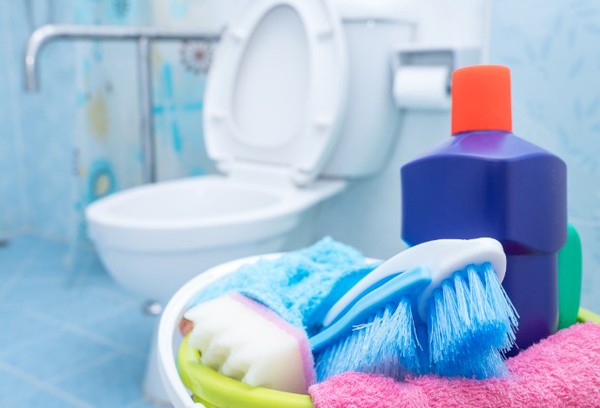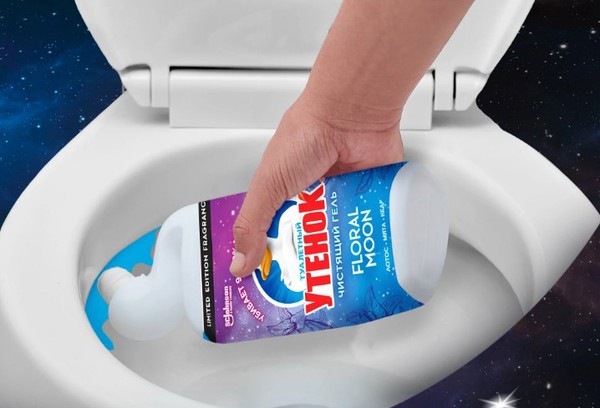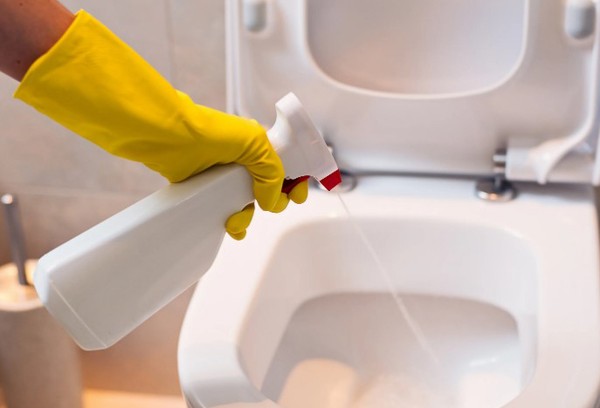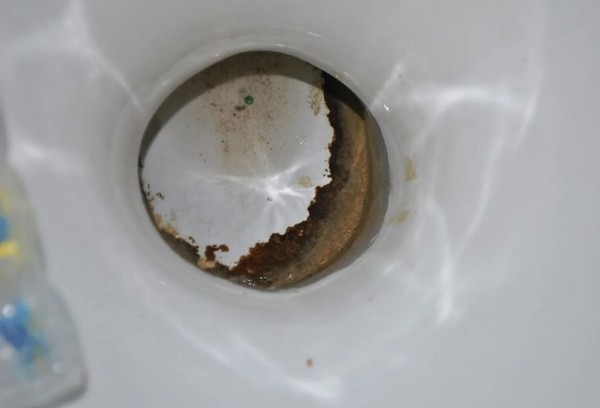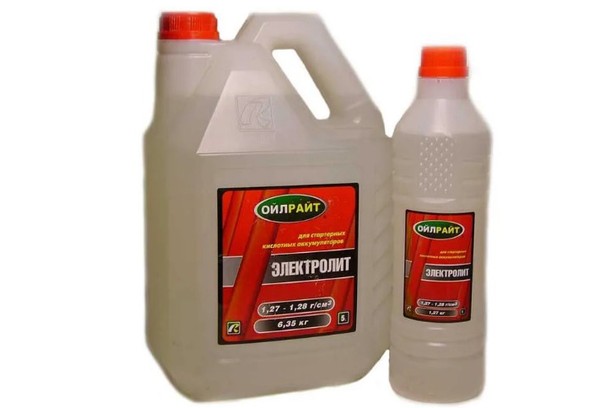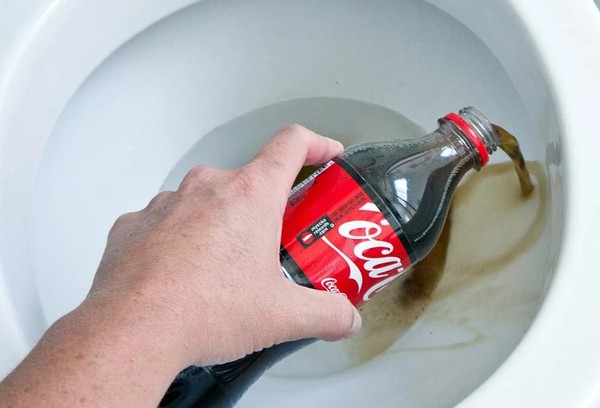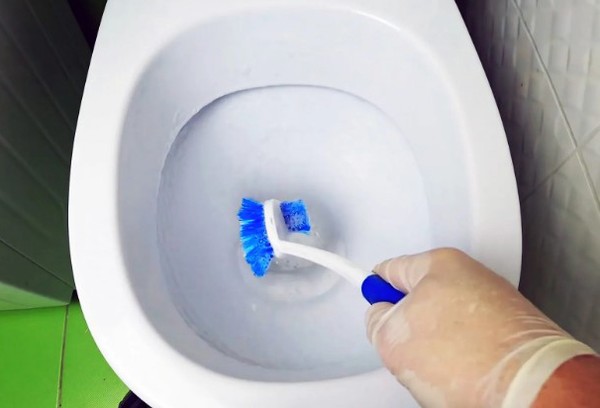How to remove urinary stones from the toilet?
Content:
Before removing urinary stones from the toilet, you need to dry your knee. The cleaning efficiency will increase significantly, no matter what product you use: electrolyte, vinegar, Coca-Cola or a special cleaner from the household chemicals department. There are a lot of products that remove urinary stones. The main active components are acids: oxalic, citric, sulfuric, hydrochloric acetic and others. Alkalis do not react with urinary stones.
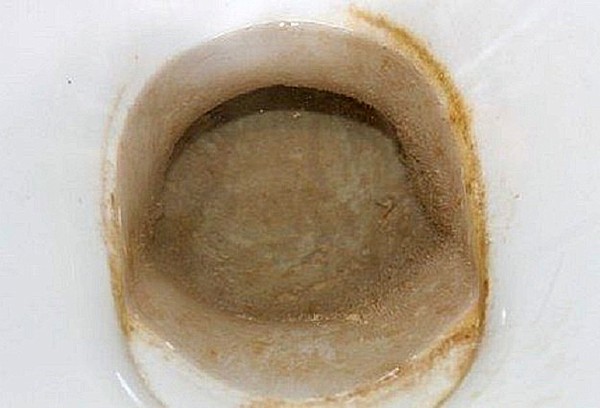
Reasons for appearance
Toilet bowls become clogged with urinary stones more quickly in areas with hard water. There are several reasons for its appearance:
- high concentration of magnesium and calcium salts in water;
- infrequent flushing while using the toilet;
- leaking or broken tank;
- damaged drain coating;
- lack of prevention (the toilet is rarely or not cleaned well enough).
Urine stone is a hard deposit of lime deposits and minerals found in the human body. Unlike limestone, it has a darker color and a strong, unpleasant odor. At first, a relatively soft plaque forms.Over time, it hardens and increases in size and thickness. Microbes accumulate on a rough surface and even more deposits are deposited.
Household cleaning products
In 99% of cases, the problem of urinary stone in the toilet bowl is quickly and easily solved by using the right cleaning product. Household chemical stores sell a lot of special cleaners. These can be liquid, gel, powder preparations, creams, sprays, capsules.
Acid-based cleaners are better against urinary stones. If the growth is thick, it is preferable to use gels and creams that do not roll off the walls.
Top 7 household cleaning products recommended for cleaning the toilet from urinary stone:
- "Toilet duckling Superpower Visible effect" Available in bottles with a convenient curved spout (you can treat the space under the rim). The product itself is gel-like, green, and contains hydrochloric acid. The smell is strong, but tolerable. Corrodes urinary stone and other deposits in the toilet in 10-20 minutes. To remove old stone, leave the product on overnight. It costs about 150 rubles for a volume of 900 ml.
- "Domestos Anti-rust Anti-plaque for the toilet." The product is based on hydrochloric acid, thick, yellow in color. When in contact with a urinary stone it turns blue. To remove old dirt, just apply the gel for half an hour, go over it with a brush, and rinse. The smell is very pungent, despite the lemon scent. It costs a little more than 200 rubles for a volume of 750 ml.
- "Bagi Schumanit for toilets." The product is distinguished by the absence of a strong odor. It smells nice, blue, very thick, and perfectly dissolves urinary stones. You need to apply it to the deposits for 20-30 minutes, rub and rinse.The composition contains citric acid, carboxylic acid, nonionic surfactants and other additives. Cost - about 300 rubles per 650 ml bottle.
- "Stork Sanox Ultra". A budget-friendly but effective toilet cleaner without a strong suffocating odor. Contains oxalic and sulfamic acids, as well as surfactants. Removes small yellow plaque in 10 minutes. To remove old urinary stones, you will need to apply more than once or increase the exposure time. The downside is that the gel is liquid and not very convenient for treating the space under the rim. Price – up to 100 rubles per 750 ml bottle.
- "Sarma 7 in 1". A universal product based on oxalic acid and nonionic surfactants for those who do not know how to remove small yellow deposits on plumbing fixtures. Sarma is suitable for treating sinks, shower cabins, taps, etc. It is quite liquid, easy to apply thanks to its convenient spout, and the smell is not pungent. To remove urinary stones, you need to apply the gel to the stain for 15-20 minutes, rub well and rinse.
- "Chistin Sanitary". One of the most inexpensive gels that can dissolve urinary stones in the toilet. It contains a mixture of acids, the smell is closer to neutral. The thin coating comes off in 10 minutes. In advanced situations, leave the product for 20-30 minutes. The only downside is that it consumes quickly due to its liquid consistency. A bottle of 750 ml costs up to 100 rubles.
- "Sanita Anti-Rust". Gel based on a mixture of acids. It is highly concentrated, and therefore copes well with the main types of contaminants on plumbing. The product can be used to clean sinks, toilets, showers, and taps. 5-10 minutes after application, the plaque can be easily removed with a brush. Price – about 80 rubles for a 500 ml bottle.
Advice.When cleaning the toilet from urinary stones, turn off the water supply tap. Often the water from the tank leaks slightly. Then the applied product is partially washed off and loses its effectiveness.
Folk remedies
Many folk remedies clean the toilet from urinary stone no worse than special household chemicals. The best remedy is considered to be hydrochloric acid, which can dissolve even old and thick stone. Small deposits can be removed with citric acid, vinegar, and mustard.
Acetic acid
The simplest thing that can be used at home to clean the toilet from urinary stone and limescale is acetic acid. It effectively dissolves lime and is safe for plumbing.
Undiluted acetic acid and essence remove plaque in minutes. But due to the high concentration of acid, they must be used with protective equipment to avoid chemical burns.
How to use:
- Remove water from inside the toilet.
- Fill the elbow with acetic acid.
- After 10 minutes, clean off the urinary stone with a brush.
- Rinse the water from the tank.
Advice. If you have a small amount of acetic acid, soak an old rag in it and place it on the urinary stone.
Instead of acetic acid, you can use 9% table vinegar. It eats away deposits more slowly. Therefore, the exposure time is increased to 8-12 hours.
Lemon acid
Citric acid helps with slight yellowness in the toilet. How to use it correctly:
- Remove all water.
- Pour citric acid powder onto the walls. If the area of contamination is large, several packages may be needed.
- Work with a brush.
- Leave overnight.
- In the morning, pour 4-5 liters of warm water down the drain, rub the walls, and rinse.
Oxalic acid
This strong organic acid is used to remove rust and all kinds of old hard deposits. To clean the toilet from urinary stone, you will need commercial oxalic acid (powder). What to do:
- Wear gloves and a mask that protects your respiratory system.
- Sprinkle the powder on all problem areas.
- Rub with a rag, brush or brush.
- Close the toilet lid and wait 2 hours.
- Brush again and rinse.
Electrolyte
One of the most powerful remedies against urinary stones is sulfuric acid. Free diluted sulfuric acid can be purchased as an electrolyte for batteries. Place of sale: any auto store.
A significant disadvantage of the product is the caustic fumes and the danger of use. You can get serious burns to your respiratory organs and skin.
You need to clean the toilet with electrolyte with the doors and windows open. The water from the toilet is scooped out a little so that the concentration of sulfuric acid does not decrease. Carefully pour in the product. Close the lid. They immediately leave the room.
You should not lean over the toilet or take deep breaths. It is advisable to work in high thick rubber gloves, protective clothing and a special mask. The speed of cleansing depends on the size and thickness of the urinary stone. It is best to fill the electrolyte overnight (for 6-8 hours).
"Coca Cola"
The popular drink contains phosphoric acid, which can remove certain types of contaminants (rust, urinary stone, etc.). The undoubted advantage of this method is that Coca-Cola does not have a pungent odor. Cleaning the toilet with it is safe and easy. Necessary:
- Remove water from the toilet.
- Fill with Coca-Cola.
- Wait at least 1 hour.
- Wipe off the urinary stone with a brush.
- Drain the water from the tank.
Please note that the drink will not help with severe contamination - the concentration of acid in the drink is not enough.
Soda and vinegar
If a small yellow spot has formed in the toilet, or the urinary stone is thin, baking soda and vinegar will help. Baking soda acts as a mild abrasive, while vinegar disinfects and whitens the surface. Together they produce a foaming reaction, promoting the separation of plaque from the walls. The processing scheme is simple:
- Dry the surface to be cleaned.
- Soak a rag in vinegar and apply it to the urinary stone.
- After 2-6 hours, make a thick paste from baking soda and water.
- Apply to the dirt with a brush, removing the rag with vinegar.
- Foam will appear. You need to actively rub the urinary stone with a brush, and when the reaction ends, rinse the cleaned toilet with water.
Vinegar and salt
If you don’t have chemicals on hand at home or in the country, you can dissolve urinary stones with table vinegar and salt. You need to make a warm solution:
- Pour 1-2 liters of table vinegar into a container.
- Heat in a water bath to 45 degrees (warm vinegar is good).
- Pour 2-4 tbsp. l. table salt, stir.
- Pour the product into the toilet drain, scooping out some of the water.
- Rub the walls and all areas with urinary stones with a brush.
- After 3-6 hours, clean off the softened plaque with a flat, blunt screwdriver.
- Rinse with water from the tank.
Mustard
A gruel with mustard powder easily removes soft urinary stones. You will need the following ingredients:
- 2 tbsp. l. mustard powder;
- 5 tbsp. l. potato starch;
- 2 tbsp. l. citric acid.
What to do:
- Mix mustard, lemon and starch.
- Pour some warm water to form a thick paste and stir.
- Spread a thick layer over the sediment in the toilet bowl.
- Wait from 30 minutes to several hours.
- Remove the urinary stone with a brush, flathead screwdriver or brush.
- Rinse the surface with plenty of water.
- If necessary, repeat application.
Prevention of occurrence
To forget about urinary stones in the toilet forever, follow a number of simple rules:
- Always flush after using the toilet.
- Make sure other family members do this.
- Maintain the serviceability of the cistern. It should fill quickly and the volume of water should be sufficient to wash away all feces (about 7 liters). You can't let water leak into the toilet.
- At least 2 times a week (every three days) you need to fill the toilet with a special cleaning agent, go over it with a brush, and leave it for 2-3 hours.
- If the water in your area is hard, use tablets.
The tablet is placed in the drain tank. There it slowly dissolves. The water takes on a colored tint and softens. These products contain surfactants and disinfectants. The toilet is cleaned well with each flush, and unpleasant odors disappear. Instead of tablets, you can use hanging balls, helium stickers, or blocks that are attached to the headband. If all other rules are followed, urinary stones have no chance.
Question answer
How to remove water from the toilet?
The easiest way to drain a toilet water seal at home is to use rags or foam rubber (soak with water and squeeze into a bucket).
The layer of urinary stone is very thick, what should I do?
If the toilet is heavily clogged with urinary stones, the passability has noticeably decreased, the quickest thing to do is replace it. You can try to clean it, but the process may take more than one day. They clean such a toilet by alternately using strong chemicals and mechanical removal.After chemical treatment, you need to arm yourself with a flat, blunt screwdriver and a small hammer. Place a screwdriver on the urinary stone at an angle and lightly tap it. Pieces will fall off. Finally, you should collect them from the bottom with a gloved hand. You cannot wash away a broken urinary stone - the toilet may become clogged.
Will bleach help?
“Whiteness” and other chlorine products are not as effective against urinary stones as acids. Bleach can whiten small deposits and remove unpleasant odors. This is a good disinfectant that destroys 99% of bacteria. If you use it repeatedly, the urinary stone will begin to fall away.
The problem of urinary stone in the toilet is actually very common. The older the toilet is, the harder the water in the area, the more often you have to deal with it. Experienced housewives advise regular preventive maintenance. If the moment is missed, products with acids come to the rescue. The hardest deposits in the depths of the knee are most difficult to remove - it is almost impossible to get to them. After 15-20 years of operation, the hole can almost completely “overgrow”. Then the best solution is to replace the plumbing equipment.
